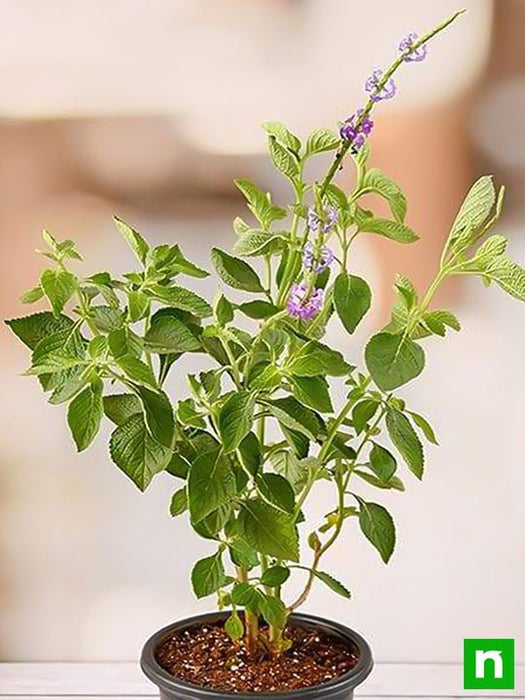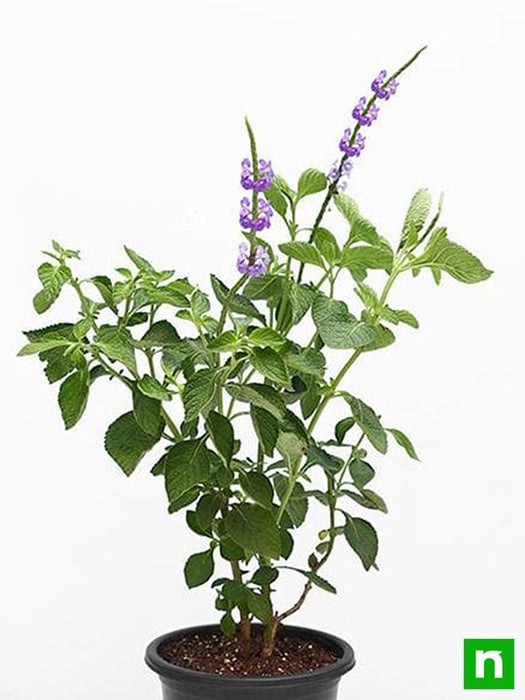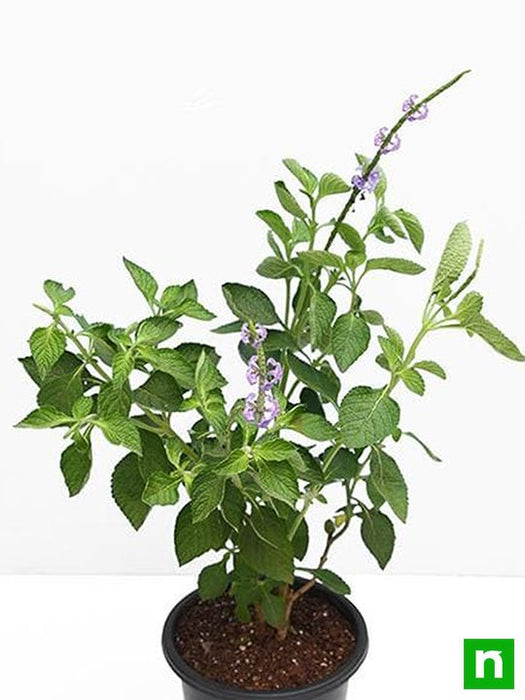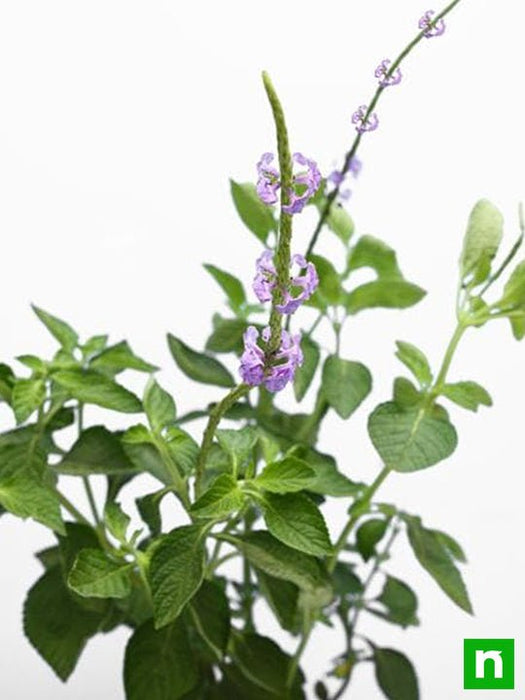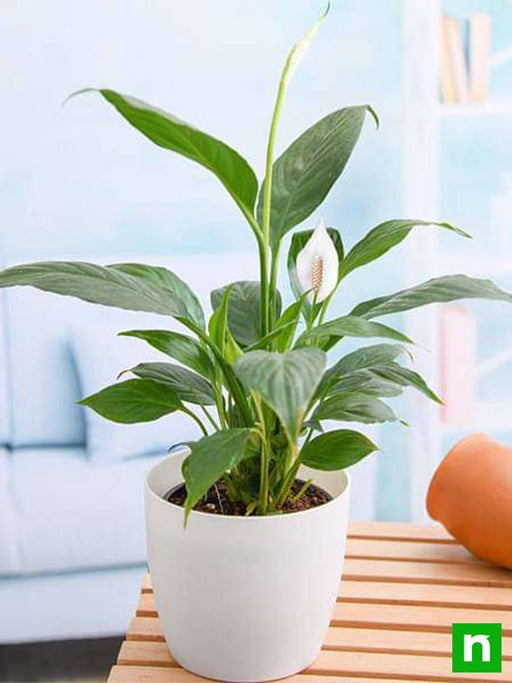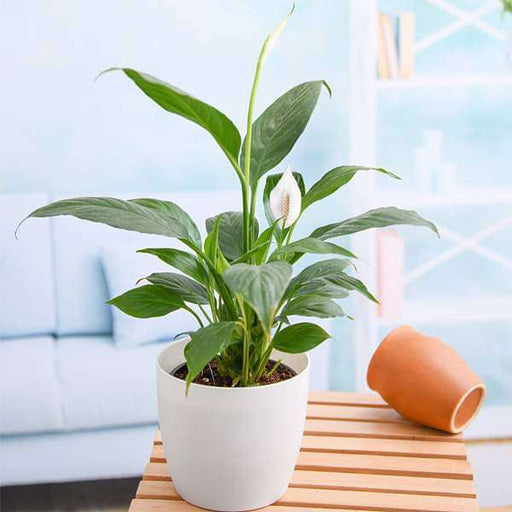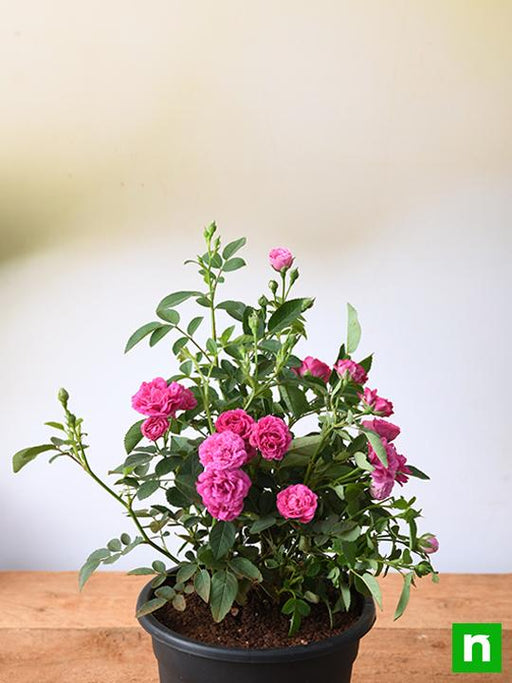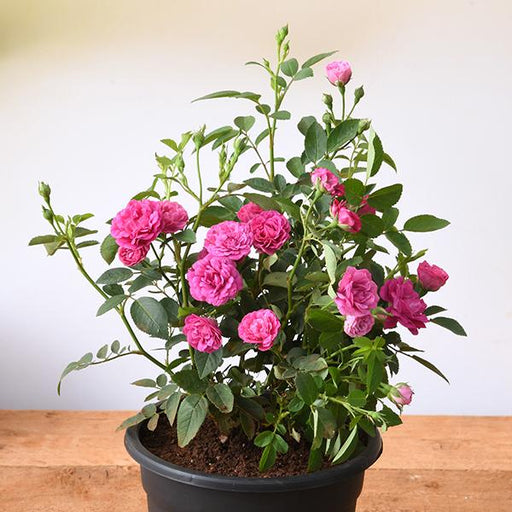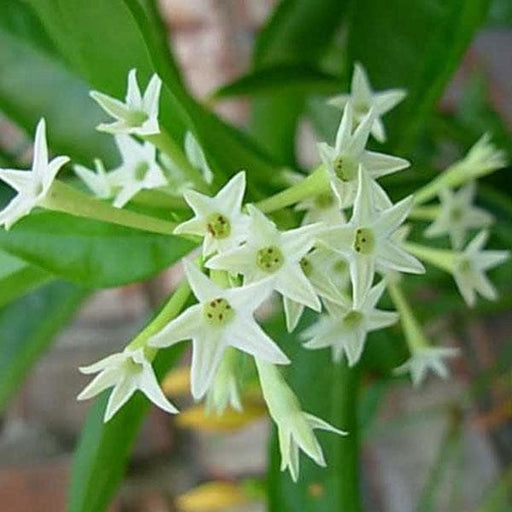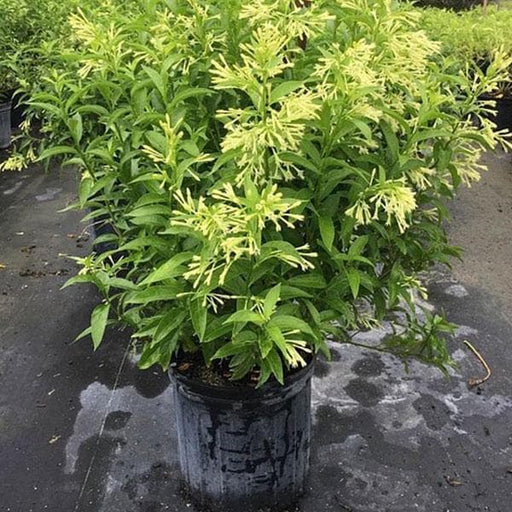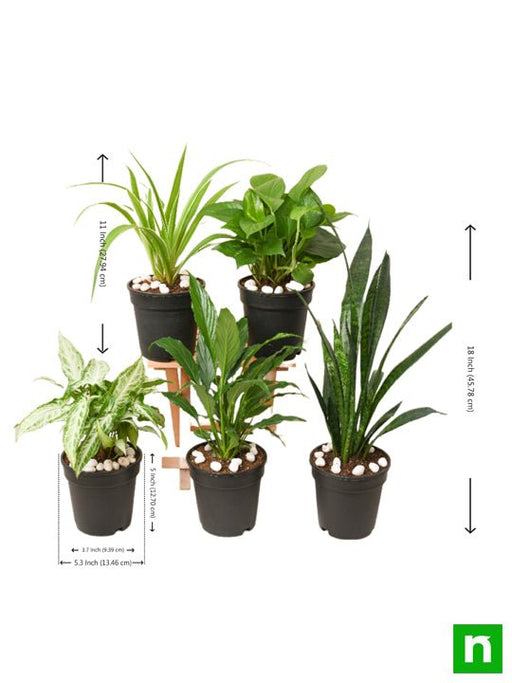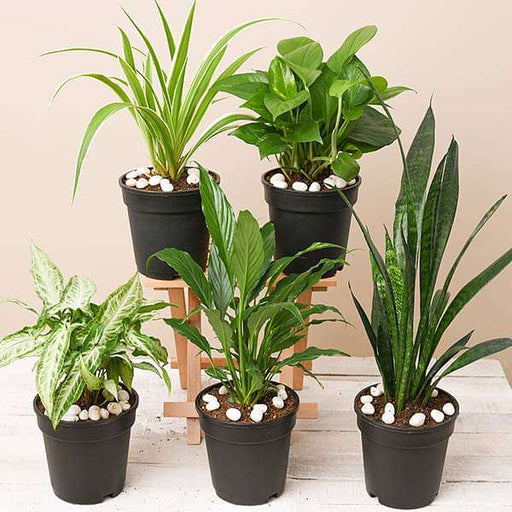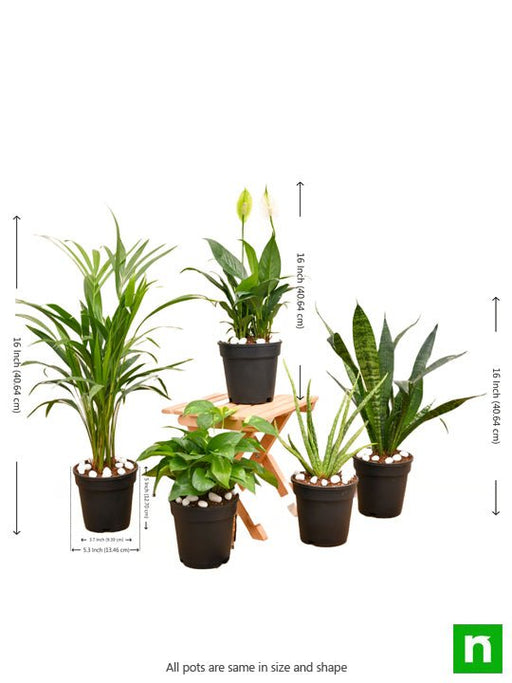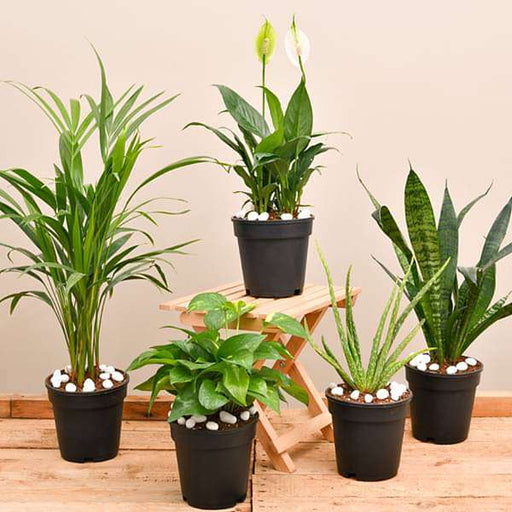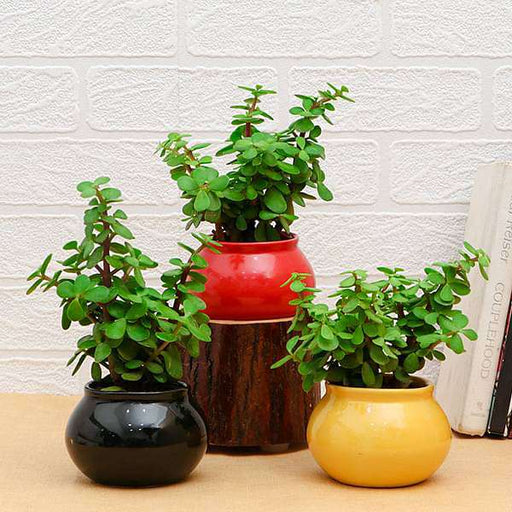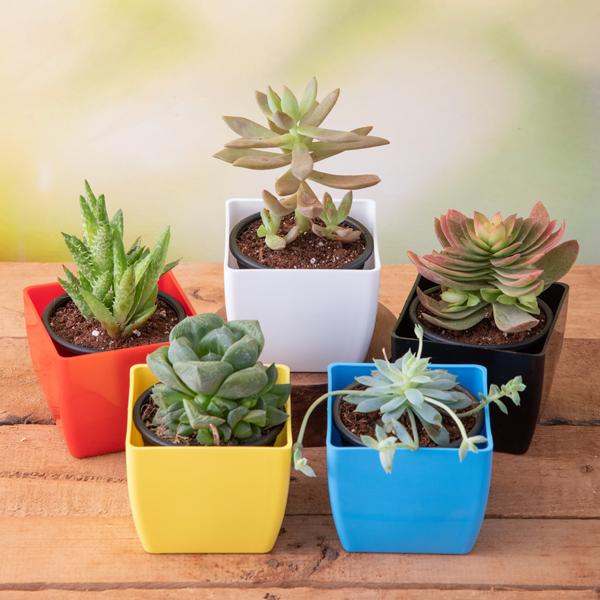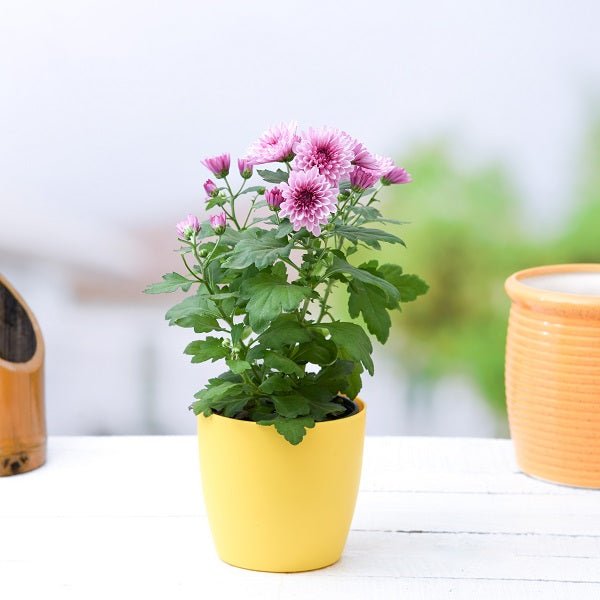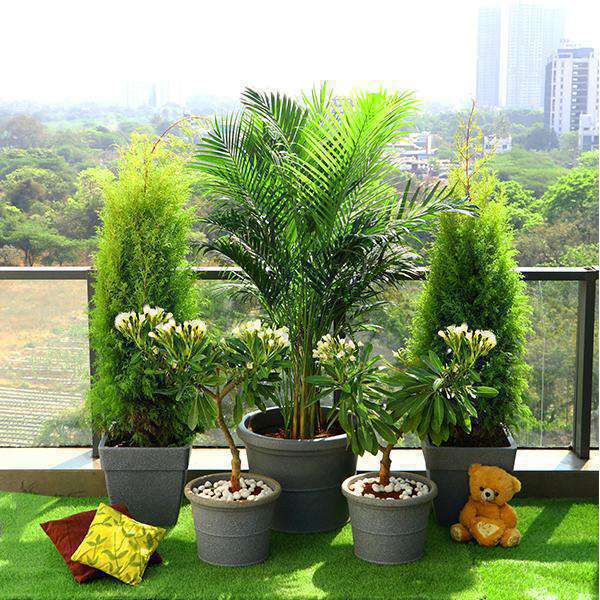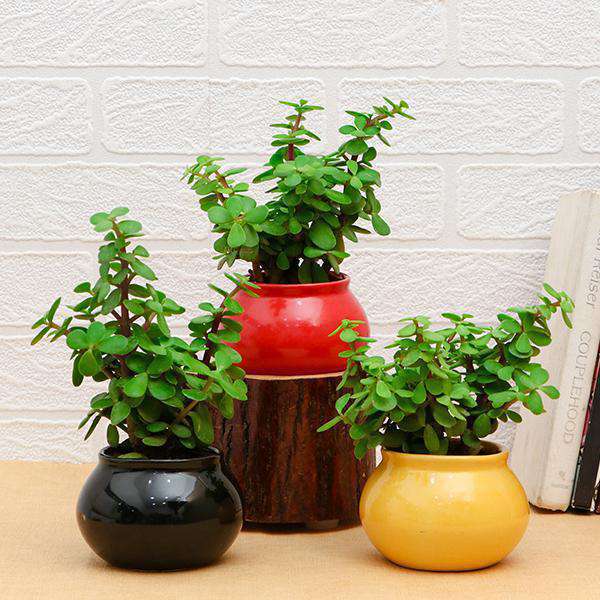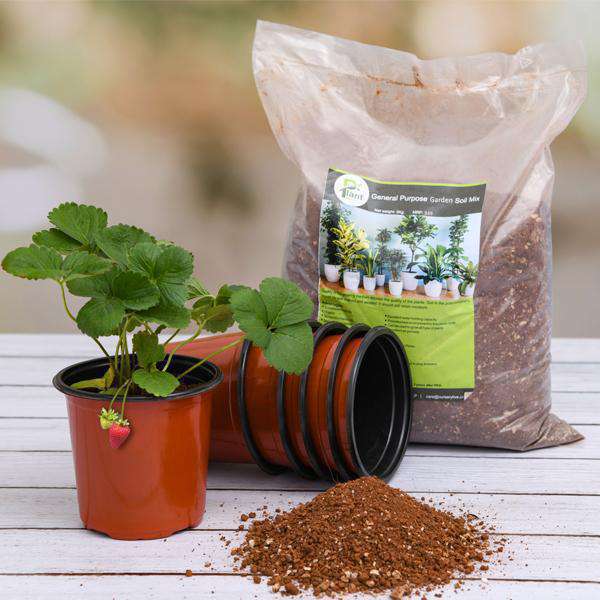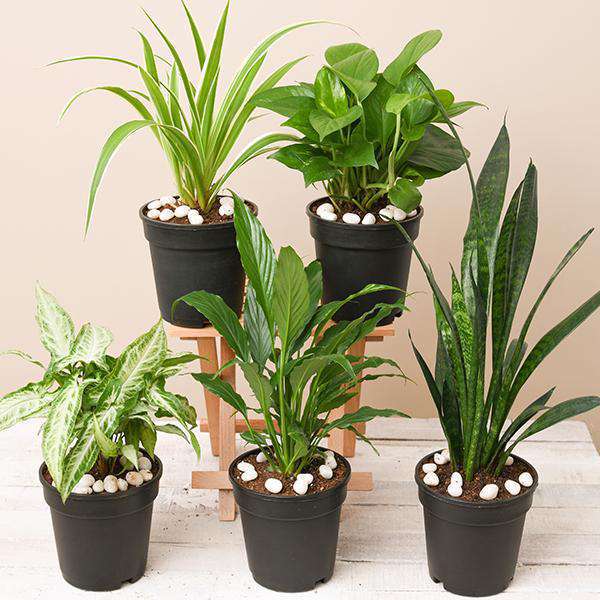Stachytarpheta Benefits
If you’re looking for a plant that’s not just a pretty face, Stachytarpheta (Purple) is your go-to green companion. This botanical wonder is known for its medicinal properties, including anti-inflammatory and antimicrobial effects. Imagine having a mini pharmacy right in your garden! Plus, it attracts pollinators like bees and butterflies, making your yard the hottest spot in the neighborhood. Who knew being eco-friendly could also be so stylish?
Stachytarpheta Care
Caring for Stachytarpheta is like having a pet that doesn’t need to be walked or fed. This resilient plant thrives in various conditions, from full sun to partial shade. Just give it well-drained soil and a little water, and it’ll reward you with vibrant purple blooms. It’s the low-maintenance diva of the plant world, perfect for those who want to impress without the fuss.
Stachytarpheta Growth Rate
If you’re impatient for instant gratification, Stachytarpheta is your plant soulmate. This speedy grower can reach impressive heights in no time, making it a fantastic choice for quick garden transformations. With the right conditions, you’ll be watching it flourish faster than you can say “purple paradise.” Just be prepared to prune it back occasionally; it’s a bit of a show-off!
Stachytarpheta Propagation
Want to multiply your Stachytarpheta like rabbits? Propagation is a breeze! You can easily grow new plants from cuttings or seeds. Just snip a healthy stem, pop it in water, and watch it sprout roots like a pro. It’s like cloning your favorite plant without the sci-fi drama. Soon, you’ll have a whole army of purple beauties taking over your garden.
Stachytarpheta Uses
Stachytarpheta isn’t just a pretty face; it’s a multitasker! Beyond its ornamental charm, this plant has culinary uses too. The leaves can be used in salads or teas, adding a unique twist to your meals. Who knew your garden could double as a salad bar? Plus, its natural pest-repelling properties mean fewer bugs at your next outdoor soirée. Talk about a plant that knows how to party!
Stachytarpheta Landscaping
If you’re looking to jazz up your landscape, Stachytarpheta is the perfect plant to add some flair. Its vibrant purple flowers create a stunning contrast against green foliage, making it a showstopper in any garden design. Whether you’re going for a tropical vibe or a cottage garden aesthetic, this plant fits right in. It’s like the stylish accessory that completes your outfit!
Stachytarpheta Pests
Fear not, plant parents! Stachytarpheta is surprisingly pest-resistant, making it a low-stress addition to your garden. While no plant is entirely pest-proof, this beauty can fend off most common nuisances. It’s like having a bodyguard for your garden, ensuring your plants stay healthy and happy. So, sit back, relax, and let Stachytarpheta do the heavy lifting.
Stachytarpheta Soil Requirements
Stachytarpheta is not picky about its living conditions, but it does have a preference for well-drained soil. Think of it as a plant with a refined taste—no soggy feet allowed! A mix of loamy and sandy soil will keep it thriving. It’s like giving your plant a luxurious spa day every time you water it. Happy roots equal happy blooms!
Stachytarpheta Sunlight Needs
This plant is a sun worshipper, soaking up rays like it’s on a tropical vacation. Stachytarpheta thrives in full sun but can tolerate some shade. Just remember, the more sunlight it gets, the more vibrant those purple flowers will be. It’s like a plant that knows how to work a tan—golden hour is its favorite time of day!
Stachytarpheta Flowering Season
Get ready for a floral fiesta! Stachytarpheta boasts a long flowering season, typically from spring to fall. This means you’ll have a continuous display of purple blooms that’ll make your garden the envy of the block. It’s like having a never-ending party in your backyard, with flowers as the guests of honor. Who wouldn’t want that?
Stachytarpheta Companion Plants
Pairing Stachytarpheta with the right companions can elevate your garden game. Think of it as creating a botanical buddy system! It thrives alongside other flowering plants, enhancing their beauty while attracting beneficial insects. It’s like the social butterfly of the plant world, bringing everyone together for a vibrant garden gathering.


